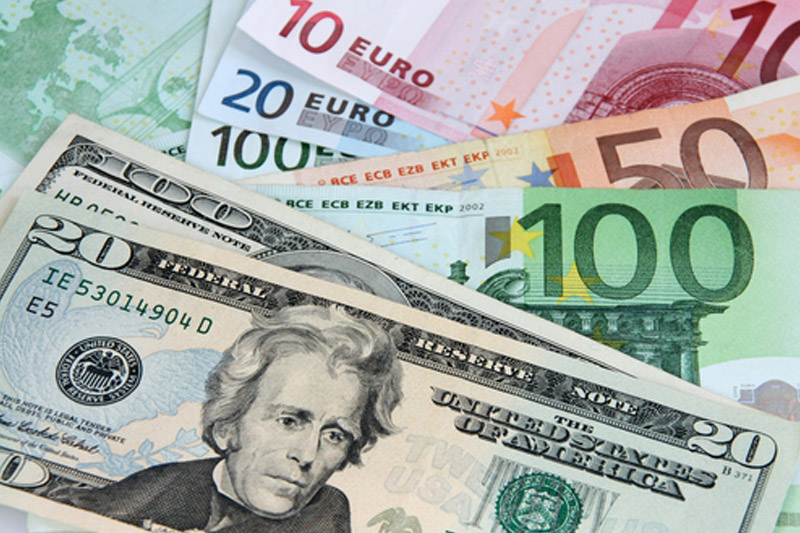Investing.com -- EUR/USD fell considerably on Tuesday to close below 1.13 for the first time in four sessions, as currency traders remained cautious ahead of the start of the Federal Open Market Committee's two-day meeting on Wednesday.
The currency pair traded between 1.1259 and 1.1321 during Tuesday's session, before settling at 1.1267, down 0.0041 or 0.48%. On Monday, the pair snapped an eight-day winning streak, amid the release of mixed economic data, which provided further confusion on whether the Federal Reserve will hike interest rates on Thursday. Over the last month of trading, the euro has gained approximately 1.5% against its American counterpart.
EUR/USD likely gained support at 1.1017, the low from August 19 and was met with resistance at 1.1562, the high from Aug. 26.
For the second consecutive session, investors appeared hesitant to make any major moves before the FOMC issues a closely watched statement on Thursday, where it could raise its benchmark Federal Funds Rate for the first time in nine years. The rate, which banks use to lend to other institutions on overnight loans, has remained at its current level between zero and 0.25% since December, 2008.
Prior to the announcement, the U.S. Department of Labor's Bureau of Labor Statistics will release its Consumer Price Index for the month of August on Wednesday morning. After ticking up by 0.1% in July, the headline reading is expected to remain flat on a monthly basis, amid lower energy prices. The Core CPI Index, which strips out food and energy prices, is expected to increase by 0.2% following modest gains a month earlier.
Last month, Fed vice chair Stanley Fischer indicated that there is good reason to believe that inflation will move higher as the temporary forces such restraining it continue to "dissipate further." Core PCE inflation, the Fed's preferred gauge of price increases, has remained under its long-term targeted goal of 2% for every month over the last three years. Fischer highlighted a stronger dollar and dwindling crude prices as transitory or one-off effects that could recede over the next year.
Fed chair Janet Yellen has also noted that it could take up to 18 months for a change in interest rates to fully impact the economy. The hawkish stance provides support for a modest interest rate hike if the Fed believes inflationary pressures could increase even after rates move higher.
Elsewhere, inflation in the United Kingdom remained flat last month in line with analysts' forecasts. Over the last seven months, inflation in the U.K. has been flat or negative five separate times, falling significantly below the Bank of England's long-term targeted rate of 2%.
Yields on U.S. Treasuries shot up on Tuesday, as anticipation builds for the Fed's announcement. Bond yields on the U.S. 2-Year gained more than eight basis points to 0.81%, moving above 0.8% for the first time since April, 2011. Bond prices are inversely related to yields. Yields on the U.S. 10-Year, meanwhile, rose by more than 11 basis points to 2.292%.
The U.S. Dollar Index, which measures the strength of the greenback versus a basket of six other major currencies, surged more than 0.35% to an intraday high of 95.85, before falling slightly back to 95.76 at the close. On Monday, the index to fell to near September lows of 95.29.
